If you own a vehicle, you'd likely learn that the battery is one of the most important things to check regularly. What happens when the battery dies? Moreover, what happens when the battery dies while we are driving? We've compiled our research to best inform you.
Various scenarios can occur when your car battery dies; depending on whether you are driving the vehicle or not, here is what you might expect to happen:
- If a car battery dies while the engine is off, then that battery will not be able to start the car.
- If the battery dies while driving but the alternator and other crucial components are working properly, then the engine will keep running. The engine will run until you turn it off or until you accidentally stall it.
- If the battery dies while driving but the alternator is also faulty, then the engine may eventually sputter and die.
Whichever situation above you may find yourself in; a dead battery is a major cause of concern for drivers. If you wish to understand more about your car's battery and how to take care of it, then read on, and we'll do our best to help you.

What Happens If Car Battery Dies While The Engine Is Not Running?
Let's start our discussion by establishing that we are talking about the traditional 12-volt automotive battery. This article will discuss this battery's role in internal combustion engine (ICE) vehicles, but we will also touch briefly on hybrid and electric vehicles.
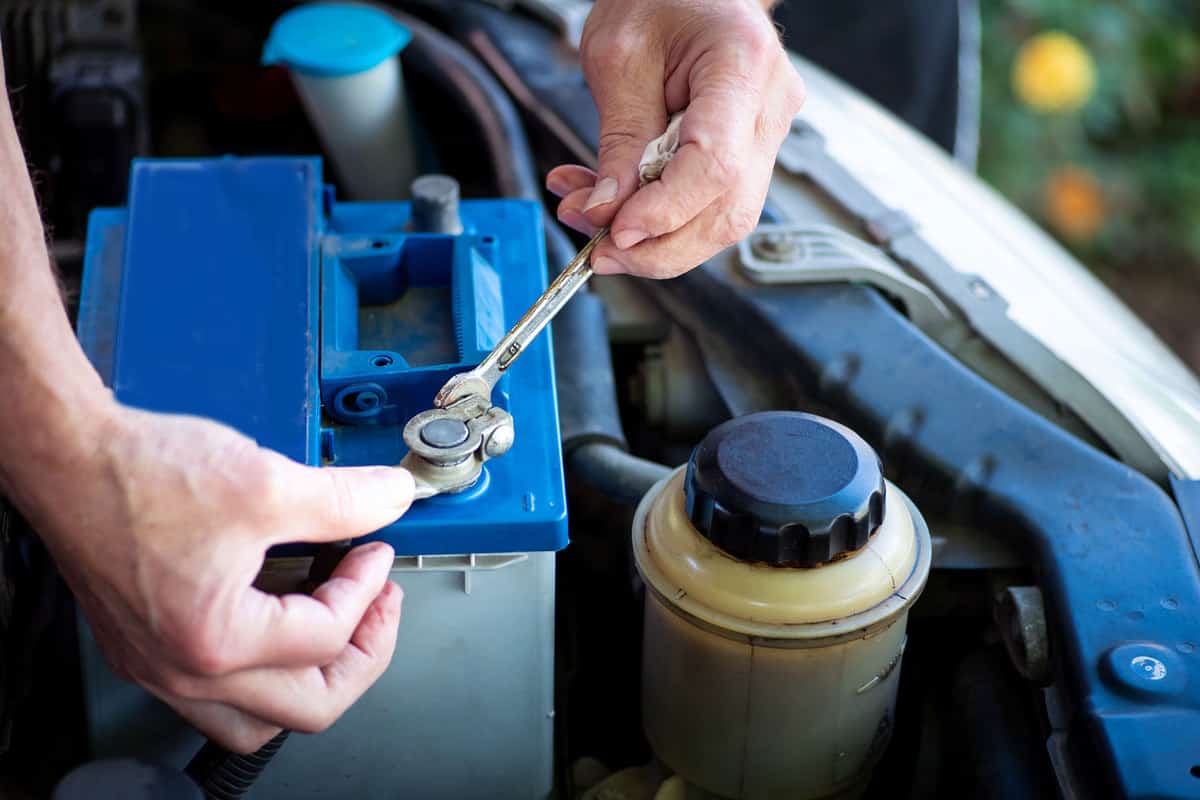
In almost all cars, the battery is the only source of electrical power when the engine is not running.
If the battery dies while the engine is not running, all vehicle parts and accessories that require electricity will not work. Below are some of the first signs of a failing or dead battery.
Key Fob Doesn't Work
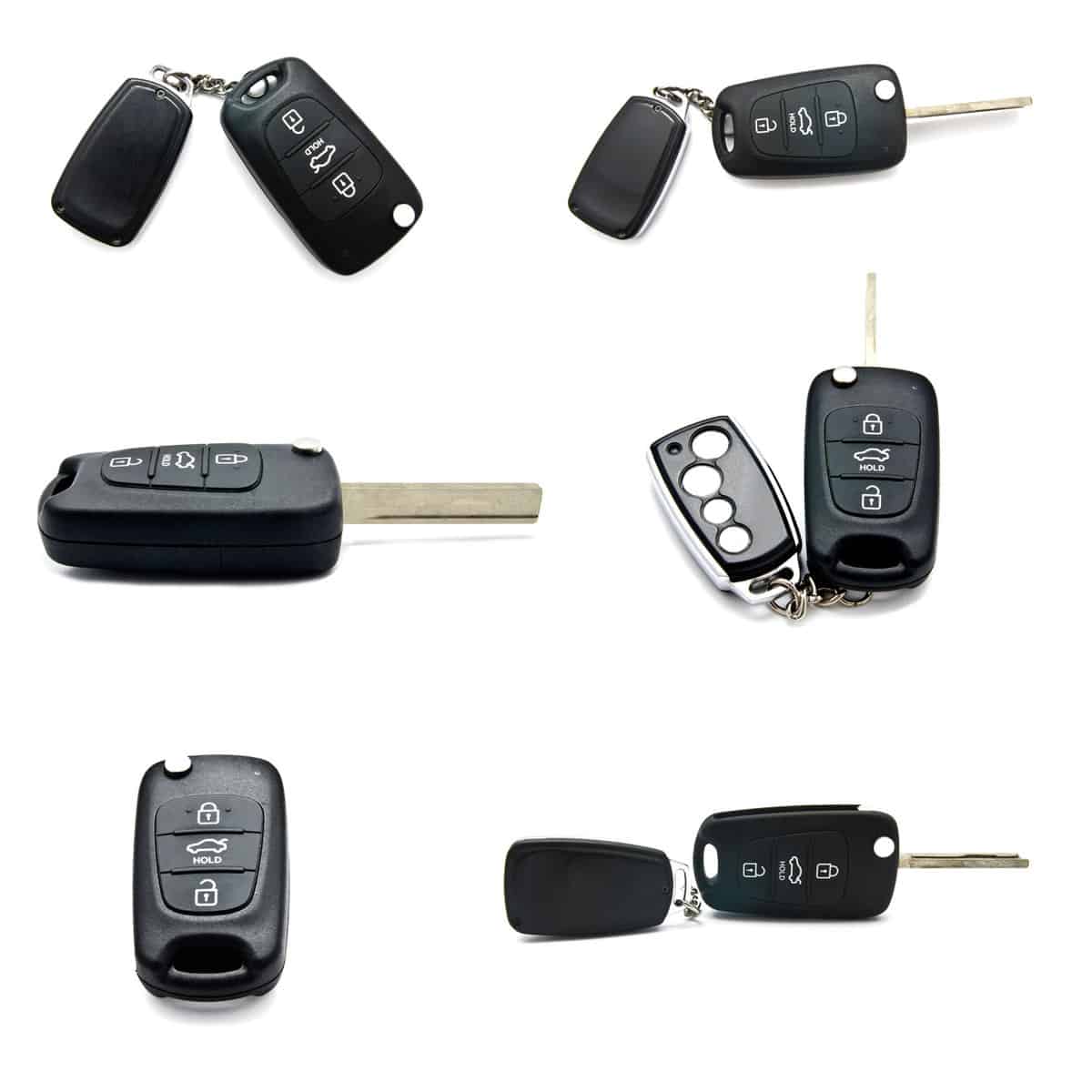
When a car battery dies, the first thing most drivers notice is that they cannot open the doors remotely with the key fob. The key fob itself may be transmitting its radio frequency signals, but the module in the car has no power to receive and relay the commands.
Likewise, the vehicle's alarm system will not work with a dead battery. Whether you press the "panic" button on your key fob or give the tires a little kick, you will not hear the blaring horns and blinking lights.
While these signs are all frustrating, some drivers will think - or hope - that there's just something wrong with their key fobs. Some drivers will try to open the driver's door manually using the mechanical key on the key fob.
Accessories Don't Work
Once inside the car, the hopeful driver will find out if the accessories are working or not. If a battery is deeply discharged, the dome lights and door chimes will not turn on. The car's clock will also stop working.
If the driver sees some faint accessory lights and hears some soft chimes, then there's still some juice left in the battery. The main question now stands: Is there enough charge to start the car?
Car Won't Start
We need to assume for now that all other components involved in the engine start-up process are working properly (the starter, battery terminal clamps, and ignition switch, to name a few). The following instances during engine start-up are signs of different stages of a car battery's state of discharge.
When the driver turns the key or pushes the "start" button for engine ignition:
- The engine cranks slowly and starts but dies down quickly after
- The engine cranks slowly but doesn't start
- There are clicking sounds from the engine bay but no engine cranking
- There are no clicking sounds whatsoever
Sometimes a weak battery can start an engine, especially if the engine is in good condition. However, the engine can die almost immediately if the battery cannot supply a consistent and precise stream of electricity to the engine control unit/module (ECU/ECM).
What Happens If Car Battery Dies While Driving?
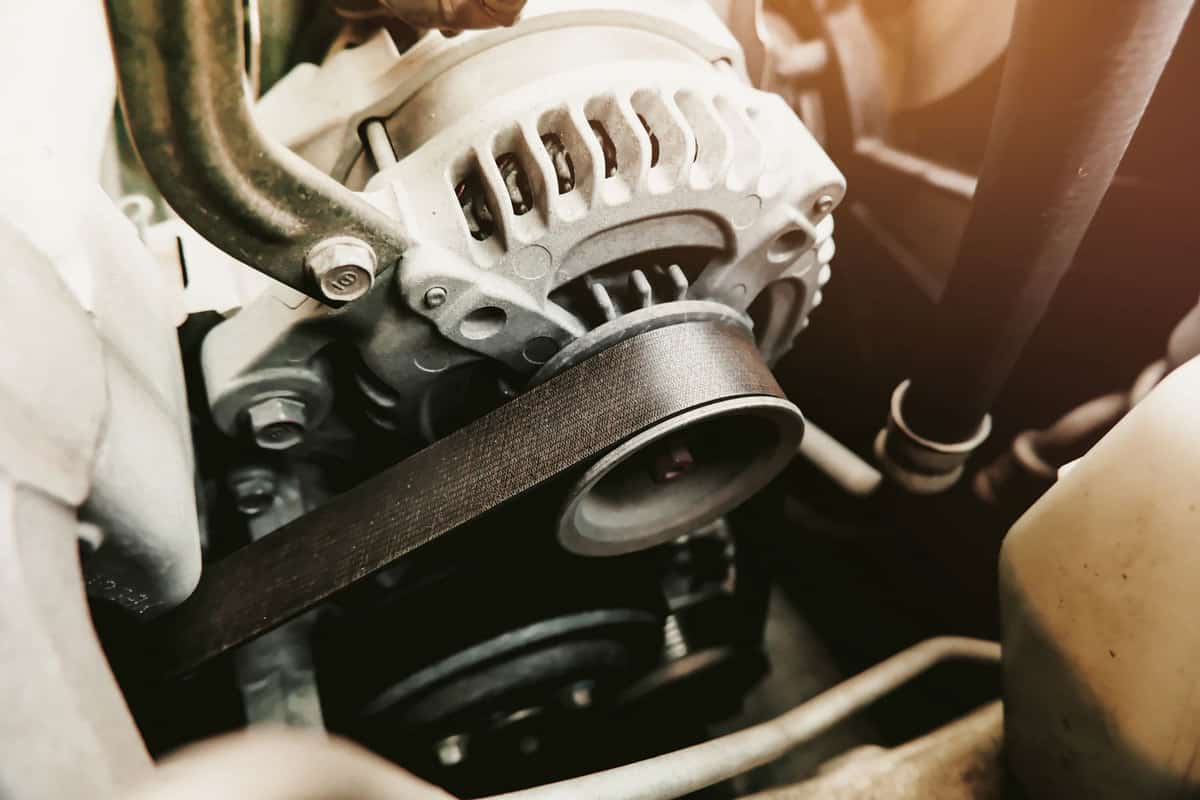
Once an engine is running stably, the car's alternator becomes the primary source of electricity for the car. At the same time, the alternator also recharges the battery.
In case there are too many electrical loads functioning at the same time, the battery assists the alternator in providing the required power.
If the car battery dies while the engine is running, we need to consider whether the alternator is working properly or not.
Alternator Is Working Properly
- If the alternator is working properly, then the engine will keep running until the driver turns it off or accidentally stalls it. As long as there is sufficient fuel and air in the cylinders, the alternator can keep providing the spark for combustion.
- The alternator can also power the car's electronic accessories to a certain degree. However, if too many accessories are running at the same time, you may notice some fluctuations (dimming lights, muffled horn, static sounds from the speakers, for examples).
Alternator Is Not Working Properly
If the alternator is not working properly, it may not be generating enough electricity to operate the car and charge the battery. In this case, the engine and the electronics may be drawing power from the battery. Once the battery is drained, the engine may sputter and die out.
How To Test Your Battery And Alternator
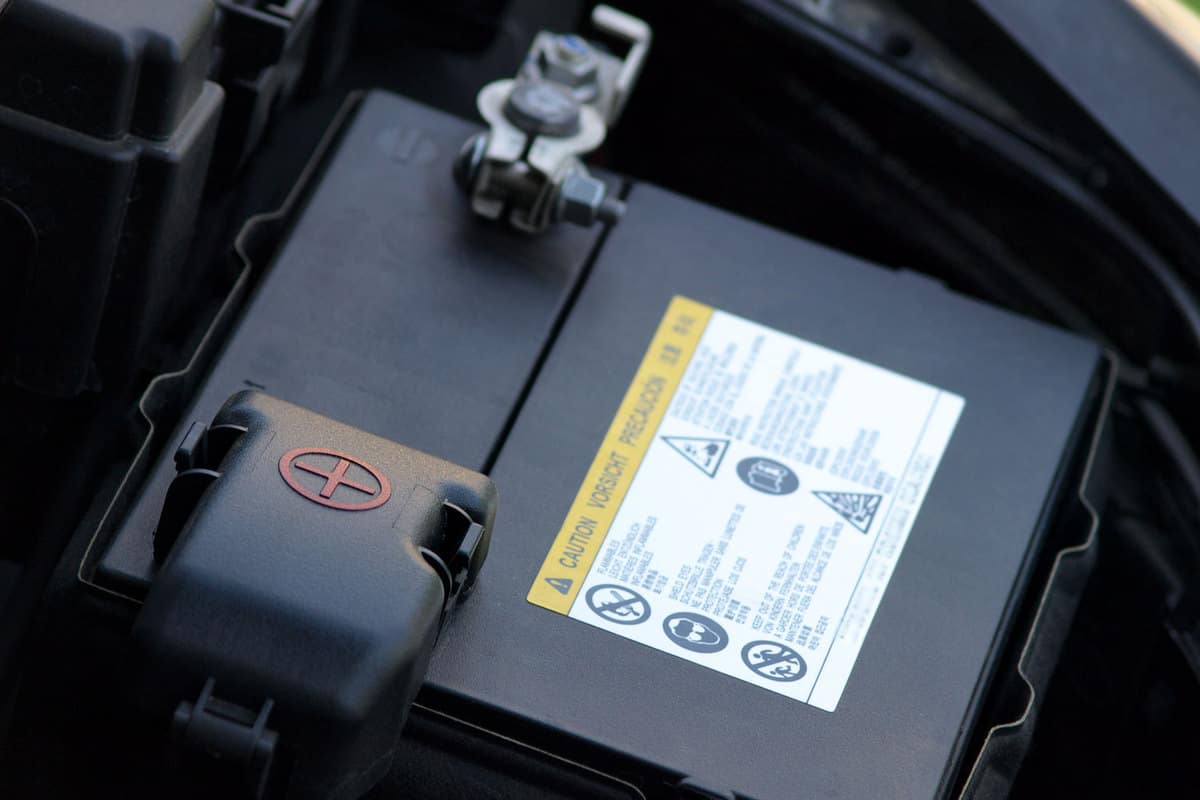
To test your battery and your alternator, you will need to use a multimeter or a car battery tester.
Multimeter
Check out this popular AstroAI Multimeter on Amazon.
To test your battery using a multimeter:
- Set the multimeter's DC voltage to 20 volts.
- Connect the multimeter's positive probe to the battery's positive terminal.
- Connect the negative probe to the battery's negative terminal.
- See the voltage reading.
Car Battery Tester
A car battery tester is more specialized than standard multimeters. Modern battery testers analyze the voltage reading, state of health, state of charge, and cold cranking amps (CCA) of a battery.
Grab a great deal on this KONNWEI Car Battery Tester on Amazon!
To use a car battery tester:
- Attach the tester's positive probe to the battery's positive terminal.
- Attach the tester's negative probe to the battery's negative terminal.
- Select the correct battery type in the tester's menu:
- Regular Flooded
- Enhanced Flooded Battery (EFB)
- Absorbent Glass Mat (AGM) Flat Plate
- Gel Type Battery
- AGM Spiral
- Select your battery's CCA rating (usually written on the battery label).
- Start the test and wait a few moments for the result.
Resting Voltage
A fully-charged battery should have a voltage reading between 12.6 to 12.9 volts while the engine is off. This is called the "resting voltage." Below is a helpful guide for battery voltage readings.
- 12.6V volts or above - The battery is fully charged.
- 12.5 volts - The battery has a normal charge, and it can start most engines easily.
- 12.1 - 12.4 volts- The battery is partially discharged.
- 11.8 volts - This is theoretically the minimum charge needed to start an engine. However, you may still be lucky enough to start an engine with a little less than this.
- 10.8 volts and below - Impossible to start the car; the battery will degrade quickly if left at this state of charge.
Both the multimeter and the battery tester can provide these voltage readings.
Cold Cranking Amps
A battery's CCA refers to the number of amps a battery can provide at 0° Fahrenheit for 30 seconds while maintaining at least 7.2 volts. Family cars, SUVs, and light trucks need between 400 to 600 CCA, while much bigger vehicles may need over 1,000 CCA.
If your battery's actual CCA reading is much lower than the CCA rating on its label, then the battery might be discharged or is already failing.
Only the battery tester can provide the CCA reading using the cranking test on its menu. However, you can estimate a battery's CCA using the multimeter. While the engine is cranking up, the multimeter's voltage reading should not drop below 10 volts.
Running Voltage
A battery's running voltage should be between 13.7 to 14.7 volts. Both the multimeter and the battery tester can provide this running voltage reading. A running voltage below 13.5 volts may indicate a problem either with the alternator or the battery.
By running a "charging test" from the battery tester's menu, you will know if the alternator is charging properly or not.
What Does The 12v Battery Do In An EV?
Hybrid electric vehicles (HEVs) and battery electric vehicles (BEVs) have two different types of batteries.
- The high-voltage primary "traction" battery powers the electric motors to propel the vehicle. In some HEVs, the primary battery also starts the ICE engine.
- The low-voltage auxiliary battery provides enough electricity to (a) start some HEV engines and (b) turn the BEV car on before the traction battery is engaged. This battery, which is often the same 12v car battery in ICE vehicles, also powers vehicle accessories.
Like traditional ICE vehicles, most EVs today cannot start or turn on if the low-voltage auxiliary battery dies. For safety reasons, EV engineers separated the low-voltage electric circuit from the high-voltage traction circuit.
Most EV auxiliary batteries today can get a boost or a jump-start from another 12-volt car battery, usually from an ICE vehicle. Some manufacturers, however, have designed some of their HEVs to let the primary battery jump-start the auxiliary battery.
In most HEVs today, the auxiliary battery gets its recharge from the ICE engine and regenerative braking. For BEVs, the auxiliary battery gets its juice refilled by the traction battery through a DC-to-DC converter.
Wrapping Up
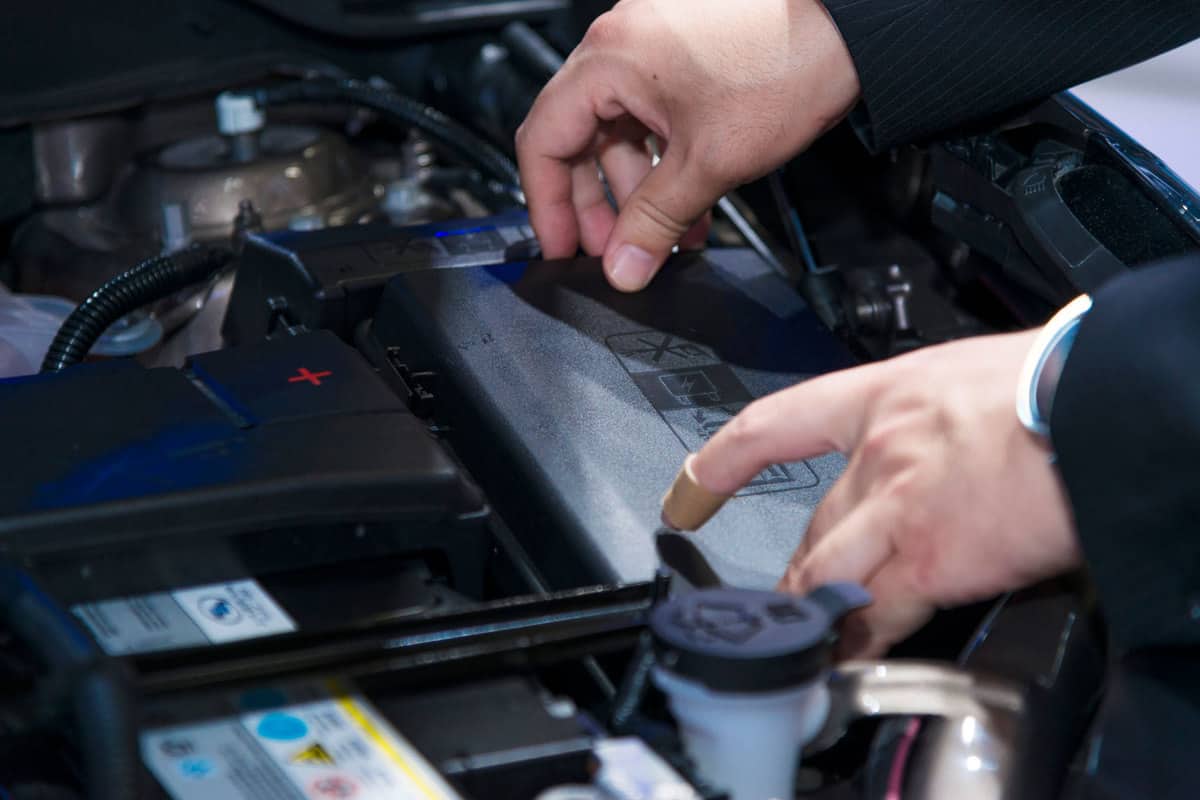
If your car battery dies while your car is parked and your engine is not running, you may be able to start the car with a new battery or by jump-starting. If your battery dies while driving, you can still get to your destination if your alternator is working.
Thank you very much for reading. We hope we were able to help you understand more about how your car battery works.
For more interesting reads about car batteries and other automotive topics, check out these great articles:
Do Car Batteries Typically Come Charged?


